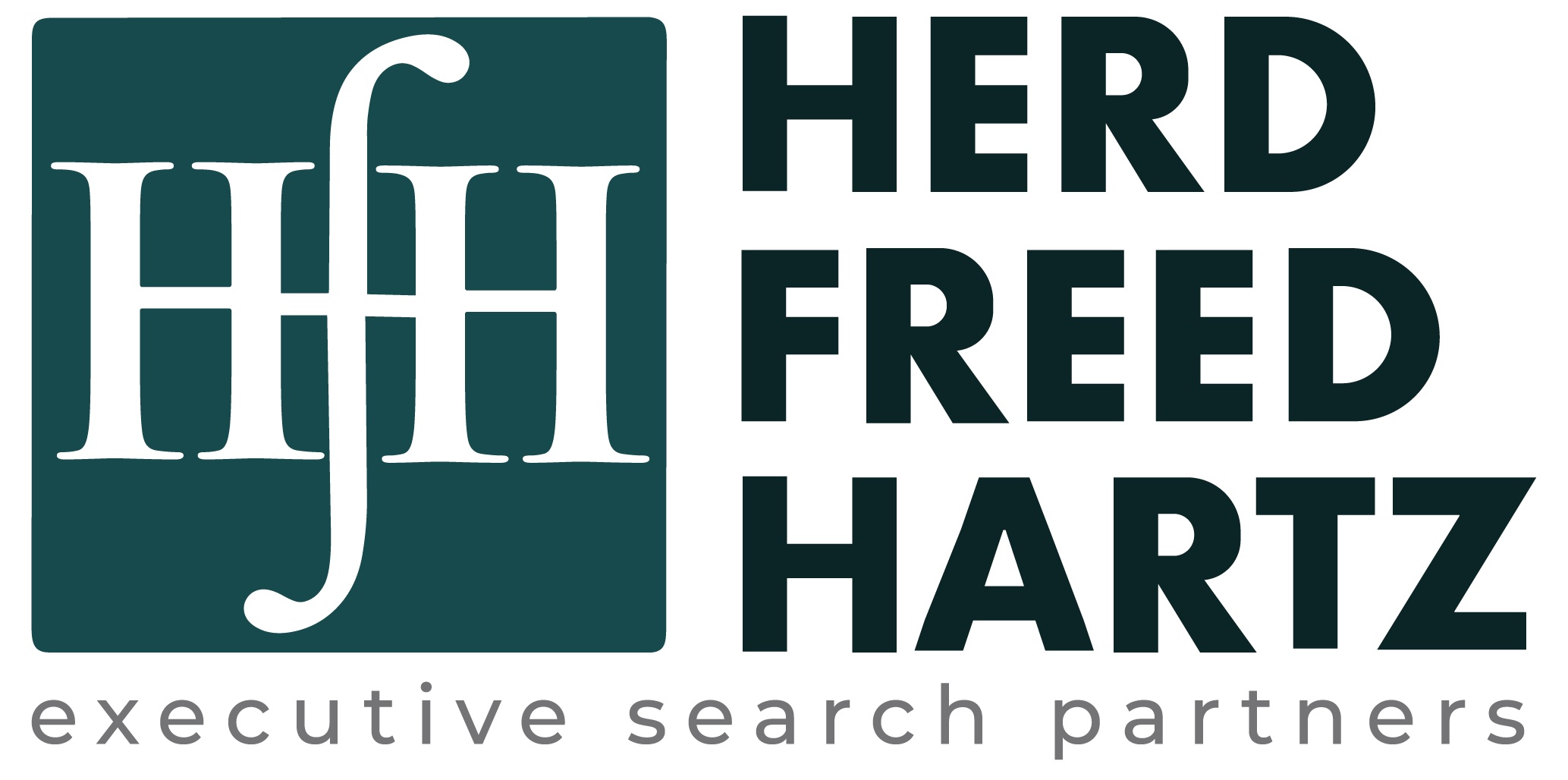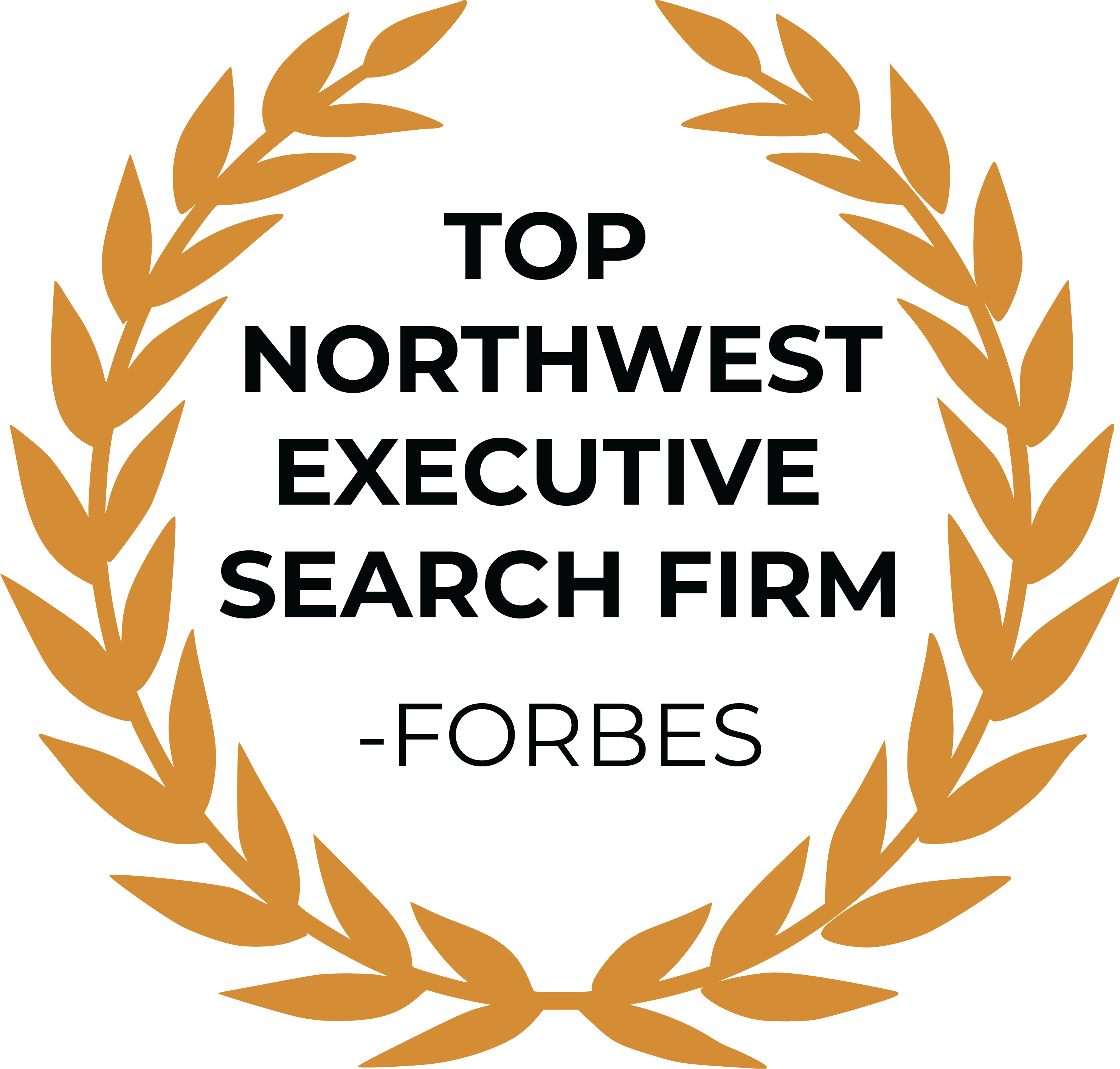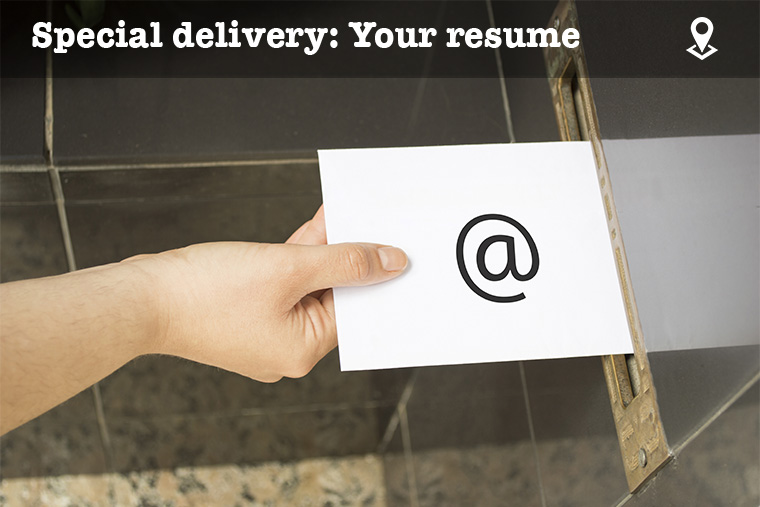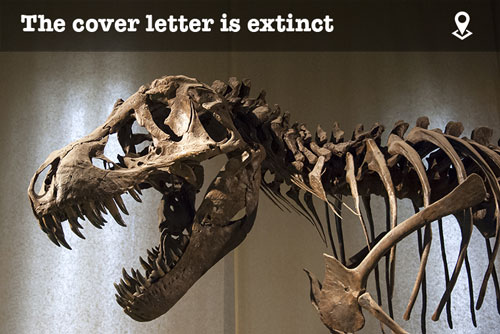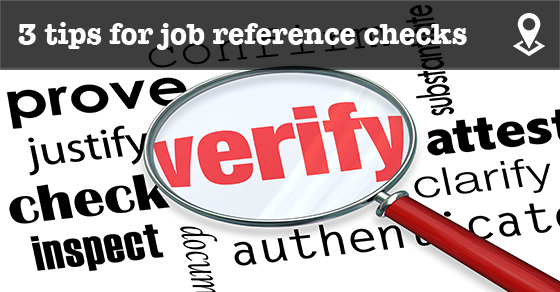How would you like to land an easy $1–10K in salary for the same job? That’s the power of negotiating on your job offer, one of the most misunderstood steps in the job search process.
I have helped hundreds of candidates negotiate job offers in my career as a recruiter. A lot of misperceptions and emotions come into play during the negotiation game, because those of us in the US are generally unaccustomed to the practice.
When I traveled to Turkey and Africa, I realized that negotiation is a daily actively for much of the world, and a skill most Americans lack. This goes for most job seekers and company hiring managers. People are not typically trained or equipped for the negotiation process, so a little strategy on your part can go a long way.
Negotiate poorly and you could leave a lot of money on the table—or lose the offer altogether. Use these 10 quick negotiation tips to focus on the goal while maintaining a professional relationship with your new employer:
1. Say you want the job
Is this the job you really want? Are you willing to pass on any current or future opportunities to get it? It’s easy to get excited and take the first thing that comes along, but make sure the job aligns with your ideal criteria. Don’t negotiate for a job you really don’t want.
2. Get an estimate in advance
Do you know roughly what the company will pay for this role (salary/bonus/equity)? Do they know your compensation history? If you set clear expectations and asked good questions during the interview process, there should be few surprises when you reach the offer stage. It’s OK to share your compensation history and general expectations early in the interview process. There’s a misconception that divulging compensation history will put you at risk as if the company will use the information against you. But when candidates refuse to share this information, they fail to build trust and the offer process gets awkward.
Likewise, it’s also OK to ask the company about the pay range and what historical bonus payouts have been in recent years. Go to Payscale.com for a free salary report of other people working the same jobs in your industry for additional context.
3. Make a list of required and preferred items
What would you like to change about the offer? Once you get an offer, make a list of details you’d like to change. Ideas could be salary, bonus, bonus timing, equity amount, sign bonus, title, pre-planned vacation time, parking, professional memberships/events, hours, etc.
You typically cannot negotiate standard benefits, such as retirement plan, healthcare benefits, vacation days, expense reimbursement policy, bonus percentage, and payout structure. But you can ask to offset shortcomings with a sign bonus or increased salary to cover the difference.
Separate your list into two categories: required (“I will walk away from the offer if I don’t get this”) and preferred (“I would like to get this, but will still accept the offer without it”). Look at the potential cash value of each item, and consider what is most important to you right now. Review this list with your spouse and/or a trusted friend to get a good outside perspective on what is important.
Out of everything on your list, what is the single most important item? The more you can simplify the negotiation process to focus on one (or two) key issues, the more likely you are to get them. For example, instead of walking through six areas where the company benefits come up short, just summarize them into a single negotiated item. For example, “An extra $5,000 salary would close the gap on the benefits and other small things.”
4. Remember why you’re at the table
Why are you excited about the job? It is good to remind yourself (and the employer) of why you feel this role could be a good fit, and why you’re enthusiastic to make this work. Having a prepared list of reasons that you can recite will make a positive impression and help add negotiation momentum to your request.
5. Know your timeline
Assuming things worked out, what would be your earliest start date? Think through how long it will take to give notice, wrap up projects, and accomplish any other final tasks prior to starting a new job. If you have not had much of a break between jobs, adding in a 1–2-week break for rest or vacation is typically a good idea to help you transition and get recharged.
6. Write and rehearse your negotiation statement
When the time comes to negotiate, what will you say? Take everything you’ve thought through in #4–6 above, and pull it together in a script to help you stay focused and professional when negotiating. The general flow might sound like this:
Thanks again for the offer. I’m very excited about the idea of joining [company] as a [role title]! I feel this is a good fit for many reasons, including [your list of items].
I sense a good mutual fit, and could see this being a great, long-term career move. I’ve talked this over with my spouse and friends, and they are also encouraging me in this direction.
In reviewing the terms, I feel this is a fair and strong offer. We are really close to wrapping this up, and I’m leaning toward accepting. Simply put, the only thing that is holding me back is [your top item, such as salary]. I’ve been at the $ ____ level for a while in past roles, and I’m looking at this long-term. If we could just add $____ to the salary, I’m ready to sign the offer and we can set a start date of _____.
Most likely, you’ll be nervous when the time comes to say all of this in person, so I recommend writing it down and practicing it out loud a few times. This will help you come across as confident and professional.
7. Shut up
Important: Be silent after stating your case. Once you make it through your negotiation statement, be patient and let it sit. It will likely only be five seconds of silence, but it may feel like longer, so resist the urge to keep talking. Be sure the other person speaks next. Most likely, they will repeat/clarify your statement, and then they’ll tell you that they need to talk with the hiring manager and they’ll get back to you soon to try and work out the details.
By clearly stating your simple negotiated request and start date, you have helped the internal company recruiter by providing a clear roadmap on how to close you.
8. Negotiate once, but not twice
Are you ready to accept, even if you don’t get exactly what you asked for? Once you hear back from the company, unless there is a significant concern, I recommend accepting the offer they return with. Why? Chances are, they met you in the middle, which is a fair negotiation strategy, and you can feel good knowing that you didn’t leave anything on the table. If you got everything you wanted, you shouldn’t add anything else to the decision process.
People make the mistake of pushing too hard for small things, which they can likely get, but this nit-picking hurts the relationship. It can also raise concerns about what you might be like to work with and how you might resolve work-related negotiations, which will come up. You want it to feel like a “win-win,” not a “win-lose”.
9. Make your final requests
Are there any items on your preferred list you’d still like to get? Assuming you’ve agreed to a deal that covers the important things, you still have a chance to ask about any secondary, non-decision-making items.
Raise the question before formally accepting the offer, while you still have a little leverage but nothing holding you back. For example, here’s what your response to the counteroffer might be:
Great, sounds like we have a deal. That was the key thing I was looking for in order to make a decision. In wrapping up, I had two small requests. I’m going to accept regardless, but wanted to ask about two details, if possible.
First, I see your healthcare doesn’t kick in until after 30 days. Is it possible to cover my COBRA for the month in transition?
Second, I have a pre-planned vacation with my family in two months. We’re scheduled to be gone for a week, but I realize my vacation will not accrue in time. Is it possible to still take this week off without pay (not asking for any extra vacation days)?
As I mentioned, I am planning to accept and start regardless, but just wanted to ask a favor to see if you could help me out on these secondary issues to wrap things up.
Whatever they come back with, you go with. But it never hurts to ask. If there were any changes, be sure they are included in the final offer letter.
10. Formally accept the offer.
Did you review the final offer letter? It’s OK to ask for clarification on anything you don’t understand. Be sure everything that you agreed upon verbally appears in writing. Often you will find standard legal blocks of text that everyone gets in their offer. You can’t really change these sections.
Get the offer back to them ASAP—don’t wait around. In my opinion, the best way to do this is to scan and email a PDF. That way you also have a signed copy for your records at home. If the company uses an online signature system like DocuSign, you typically receive a confirmation email, or you can request a copy that includes your digital signature.
Congrats! Now celebrate!
For more helpful job search tips: Ultimate Job Search Guide: Recruiter Insider Tips
